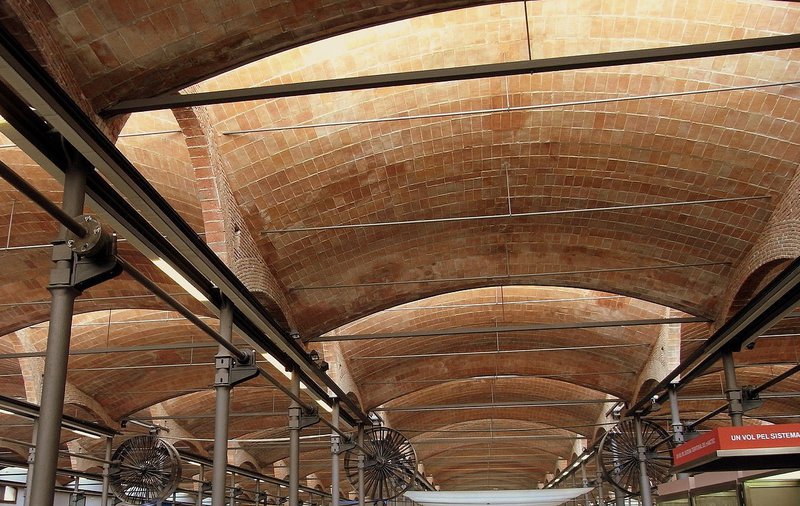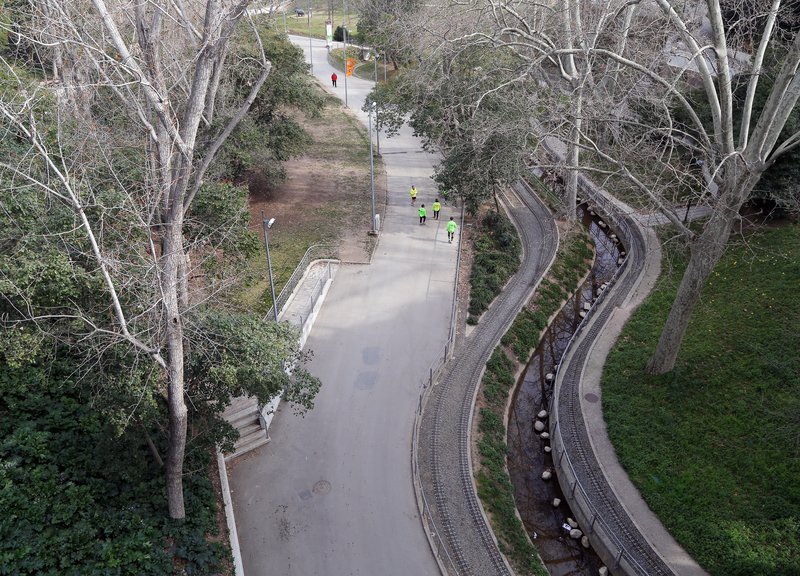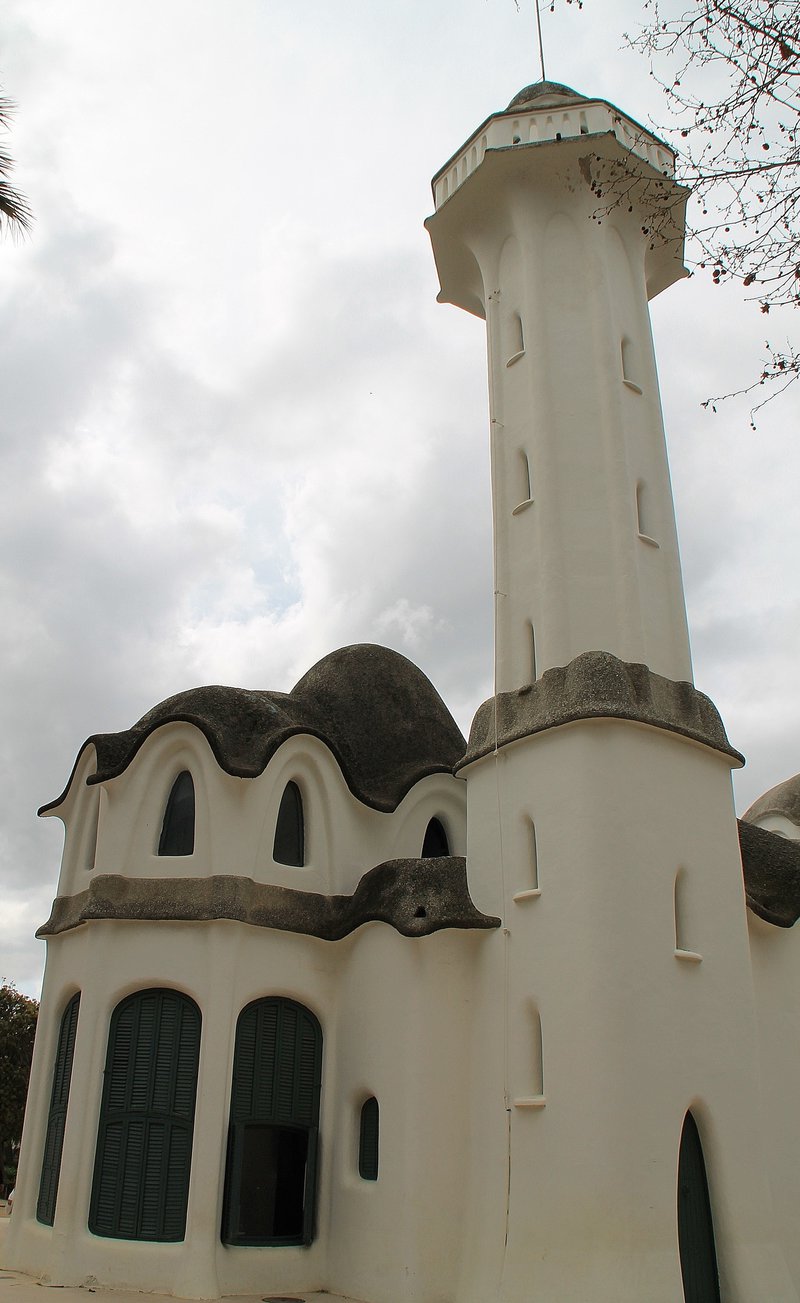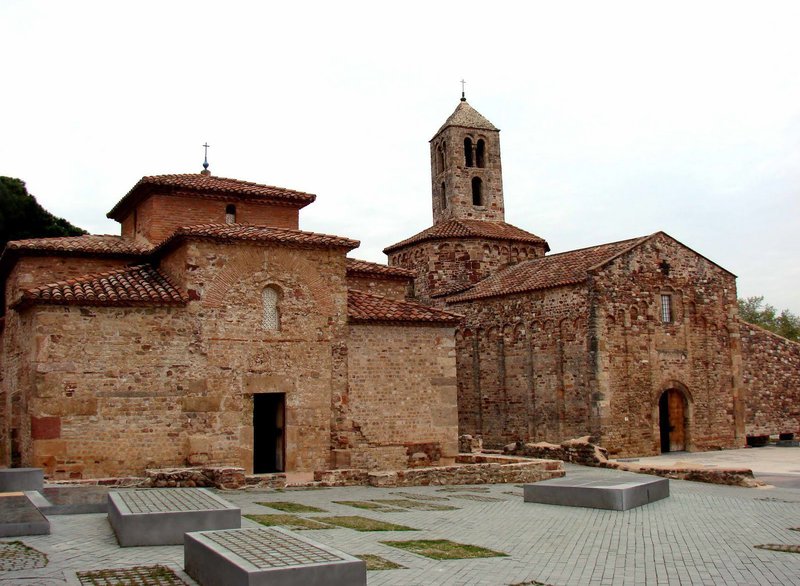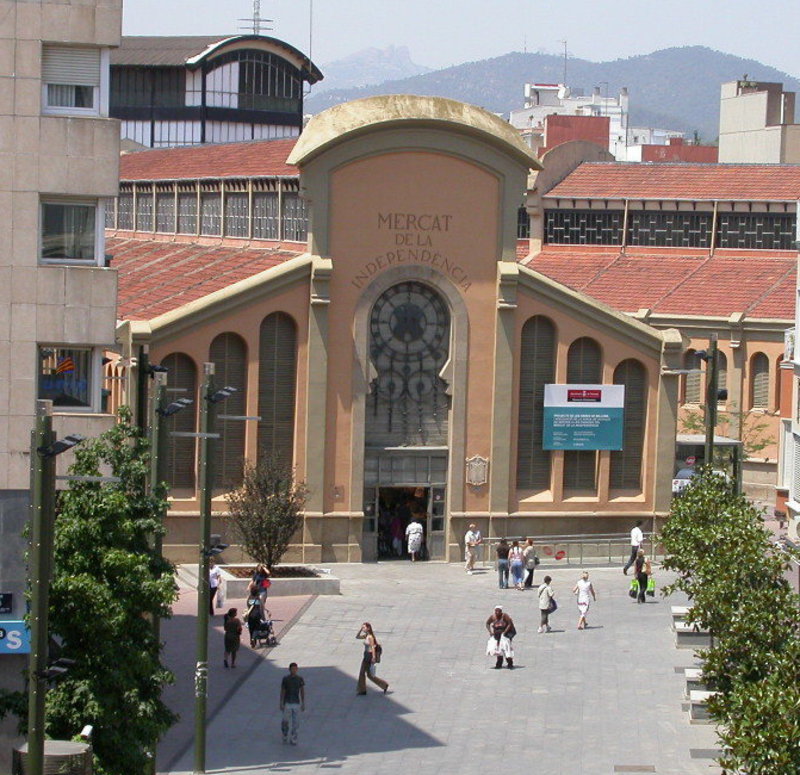Terrassa
Terrassa may be an industrial city (the third largest in Catalonia) and the cocapital (along with Sabadell) of the Vallès Occidental county, about 20 kilometres outside Barcelona, but it has a surprising amount to offer the visitor in search of local culture and heritage.
Terrassa was once the Roman settlement of Egara (Municipium Flavium Egara), and later became a Visigothic bishopric, which in turn became a Catholic titular see. In fact, the city’s history goes further back than that, as in 2005 building work uncovered remains, such as stone tools and fossils of hunted animals, dating back between 800,000 and 1,000,000 years, making it one of the oldest prehistoric sites in Europe.
Founded on the site of the Iberian town of Egosa during the time of Roman emperor Vespasian (69-79 CE), centuries later Terrassa went on to become a major player in the textile industry during the 19th-century industrial revolution, leaving it with a rich modernist legacy that can still be seen today.
Despite Terrassa being a city, next to it is the natural reserve of Sant Llorenç del Munt, and it is less than 20 kilometres from Montserrat mountain.
1. The National Museum of Science and Industry
mNACTEC, as the museum is called for short, is housed in the Vapor Aymerich, Amat i Jover modernist building (1907), which used to be a textile factory. The museum is devoted to Catalonia’s industrial heritage and science, and has an outstanding collection of objects connected with the country’s industrial past. The building’s former shop floor, covering some 11,000 square metres, also features a collection of vintage vehicles, supplemented by the “Viva Montesa” exhibition, containing all the models of the Montesa motorbike brand.
2. Vallparadís Park
Vallparadís is Terassa’s ’central park’, crossing the city from north to south. Boasting an area of 395,500 square metres, and at 3.5 kilometres in length it is one of the largest urban parks in Catalonia. Home to the textile museum and archive and the Cartoixa castle, which dates back to the 12th century and houses Terrassa’s city museum, the park is also the venue for Terrassa’s annual international jazz festival.
3. The monumental church complex of Sant Pere
This Romanesque site includes the Sant Pere, Sant Miquel and Santa Maria churches. The churches, which date back to the Visigoth period in the 6th, 7th and 8th centuries, were built close to what became the seat of the Ègara Diocese and were finished in the Romanesque style in the 11th and 12th centuries. The Santa Maria church has outstanding works of art, such as murals from the Romanesque to the Gothic periods, a 10th-century altar stone, and medieval and Romanesque tombstones. In the transept there are three Gothic altarpieces.
4. Masia Freixa
Masia Freixa is a modernist building in Sant Jordi Park. Constructed in 1896, it is the jewel in the crown of Terrassa’s modernist heritage, with elegant white arches and vaults and a high tower that resembles a minaret. It now houses the tourist office.
5. Mercat de la Independència
The Mercat de la Independència is Terrassa’s central – and largest and most important – market. Occupying an entire triangular city block, the market is housed in a modernist building that was started by the architect Antonio Pascual (between 1904 and 1906) and finished by Melchior Vinyals i Muñoz between 1906 and 1908, when it opened.
five places to discover

